Galaxy S20 Exynos vs Snapdragon battery life and performance, or why Samsung fans are angry
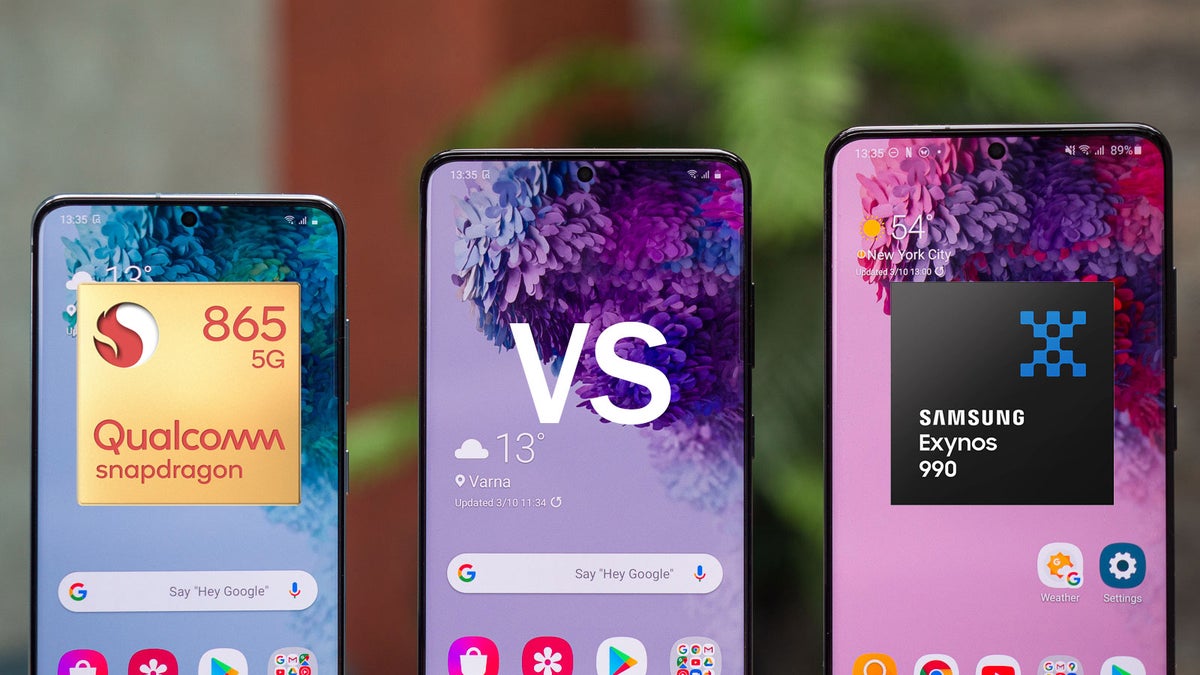
Last week, despite the coronavirus fears, Samsung decided to hold its annual shareholder meeting after all, as the outbreak was winding down in Korea, and used the time to answer some really tough questions.
As you can see, the peak clock frequency of the Snapdragon 865 cores is slightly higher (2.84GHz vs 2.73GHz), the display refresh rate support is 144Hz vs 120Hz for the Exynos, and the single camera resolution can go up to 200MP as opposed to 108MP with Samsung's solution.
The takeaway? Yes, the Exynos 990 models of the Galaxy S20, S20+ and Ultra for markets like Europe are indeed performing worse in benchmark and battery life tests compared to their Snapdragon 865 counterparts. Are the differences drastic?
The company let itself be grilled on any concerns the shareholders had, big and small, from "Why can't you be more like Apple?" to the perceived inferiority of the homebrew Exynos chipsets in the Galaxy phone lines compared to their Snapdragon counterparts. The roast was pretty harsh, and one shareholder even asked DJ Koh, the President of Samsung’s mobile division, the loaded question:
What is the reason for sticking to the poor performance of Exynos and how to improve it?
Why aren't all Galaxy S20 models running on Qualcomm's Snapdragon 865 platform but those in Europe use Exynos 990 instead? DJ Koh explained that the ultimate reason is not to save a few bucks by using Exynos processor made by Samsung's own System LSI division, but that "we are choosing a chipset based on competitive logic."
Samsung Galaxy S20 Snapdragon vs Exynos models performance
It used to be worse, though, as previous iterations of the S-line or Note handsets used to only get Snapdragon chipsets in the US, while the global versions got the Exynos models. With the Galaxy S20 series, even the Korean units are powered by Snapdragon 865.
Apparently, that was of little consolation to Samsung fans in Europe where Exynos 990 reigns supreme, and some disgruntled aficionados started a petition that is trying to get to 25,000 signatures as we speak. Their demands?
Every year we have hoped for Samsung to either give us the same device or make their own parts perform on par with the competition. They have failed to deliver on these requests over and over again and the performance gap only seems to widen over time. In the age of transparency, it is time for a change and for us consumers to have the right to choose what we spend our hard earned money on.
Are the Exynos 990 chipsets really that inferior to the Snapdragon 865 ones as Samsung shareholders and fans are hinting here? On paper, no, not really.
Snapdragon 865 vs Exynos 990 vs Apple A13 specs
| Snapdragon 865 | Exynos 990 | Snapdragon 855+ | Apple A13 | |
|---|---|---|---|---|
| Production process | 7nm EUV | 7nm EUV | 7nm (TSMC FF) | 7nm (TSMC N7P) |
| Processor cores | 1x Kryo 585 (custom A77) @2.84GHz 3x Kryo 585 @2.42GHz 4x @1.8GHz | 2x Exynos M5@2.73GHz 2x Cortex A76@2.5GHz 4x Cortex A55@2GHz | 1x Kryo 485 Gold (custom Cortex-A76) @ 2.96GHz 3x Kryo 485 Gold (custom Cortex-A76) @ 2.42GHz 4x Kryo 485 Silver (custom Cortex-A55) @ 1.80GHz | 2x Lightning @2.66GHz 4x Thunder @1.7GHz |
| GPU | Adreno 650 at 587MHz | Mali-G77 MP11 | Adreno 640 | Apple custom quad-core |
| Modem | X55 5G modem (add-on) up to 7.5 Gbps over 5G, and 3 Gbps download speeds on LTE | Exynos 5123 (Category 24) Downloads up to 7.3Gbps(mmWave), 5.1Gbps (sub-6GHz), or 3Gbps (4G LTE), 8xCA Uploads: up to 422 Mbps | Snapdragon X24 LTE (Category 20) Downloads: up to 2Gbps, 7xCA Uploads: up to 316Mbps X50 5G modem add-on | Intel XMM7660 (Category 19) Downloads: up to 1.6Gbps, 7xCA Uploads: up to 225Mbps |
| AI co-processor | Yes, Hexagon 698 | Yes, dual-core NPU | Yes, Hexagon 690 | Yes, octa-core Neural Engine |
| Video encode | 8K HDR at 30fps 4K HDR at 120fps | 8K HDR at 30fps 4K HDR at 120fps | 4K HDR | 4K HDR at 60fps |
| Features support | QHD+ @144Hz or 4K@60Hz display refresh up to 200MP single or 2x64MP dual camera up to 16 GB DDR5 Bluetooth 5.1/10Gbps 60GHz Wi-fi | UFS 3.0 storage support for up to 2.9GB/s speeds Single-camera up to 108MP up to 16 GB DDR5 120Hz display refresh rate | 8K 360 VR video playback Always-on noise cancellation | Computational photography Machine learning capable of 1 trillion operations per second |
None of these should make a significant difference in practice, as both chipsets are made with the same second-gen 7nm production method, there is only one phone with 144Hz refresh display announced just yet, and phone cameras max out at the 108MP sensor of the Galaxy S20 Ultra anyway. To gauge any perceived performance differences, we'd have to then turn to synthetic benchmarks.
Samsung Galaxy S20 Snapdragon vs Exynos benchmark scores
| Galaxy S20 Ultra Snapdragon 865 (SM-G986U) | Galaxy S20 Ultra Exynos 990 (SM-G986B) | |
|---|---|---|
| Geekbench 5 single/multicore | 923/3291 | 952/2886 |
| AnTuTu | 568000 | 515098 |
| GFXBench Manhattan 3.1 on-screen (graphics) | 88fps | 76fps |
As you can see, the Exynos 990's powerful M5 Mongoose core holds its own against the Snapdragon 865 Kryo 585. When the whole chipset gets involved, though, including the slower core clusters and the graphics calculations, the Snapdragon jumps ahead indeed.
It's not something you'd notice in your daily interaction with the S20 series, but the measured performance differences are still there.
Samsung Galaxy S20 Snapdragon vs Exynos models battery life comparison
Moving on to the power envelope of the two chipsets, we did find drastic differences between the 60Hz and 120Hz display refresh option choices, with up to a 20%-30% hit in battery life when you are using the higher refresh rate, depending on the model and the images displayed in the phones' Exynos 990 versions. Is it just as bad with the Snapdragon 865 models that are sold in the US?
Pretty much, but the more important takeaway is that the Snapdragon 865 version indeed has a longer battery life than the Exynos 990, and, as Anandtech points out, that's regardless of the fairly unoptimized 120Hz display refresh implementation on both models.
When comparing the Samsung Galaxy S20 Ultra Snapdragon vs Exynos battery life tests, here's the tally:
- up to 33% longer battery life of Galaxy S20 Ultra Snapdragon 865 in 60Hz vs 120Hz display mode.
- up to 22% longer battery life of Galaxy S20 Ultra Exynos 990 in 60Hz vs 120Hz display mode.
- up to 25% longer battery life of Galaxy S20 Ultra Snapdragon 865 vs Exynos 990 in 60Hz display mode.
- up to 27% longer battery life of Galaxy S20 Ultra Snapdragon 865 vs Exynos 990 in 120Hz display mode.
Well, you may not care about synthetic benchmark scores, as these chipsets are extremely powerful anyway, but a user would certainly notice a few more battery hours with one and the same usage from two otherwise identical S20 series phones. What do you think?


![T-Mobile users have until today to ensure they pay only the advertised price [UPDATED]](https://m-cdn.phonearena.com/images/article/171469-wide-two_350/T-Mobile-users-have-until-today-to-ensure-they-pay-only-the-advertised-price-UPDATED.webp)
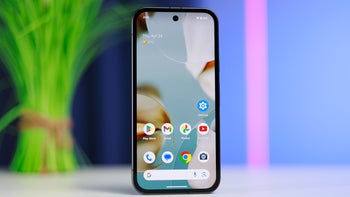

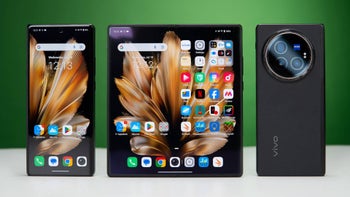

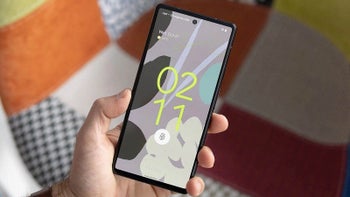



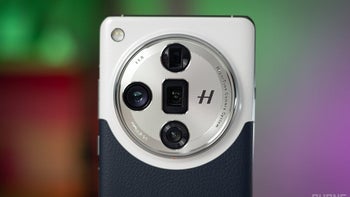
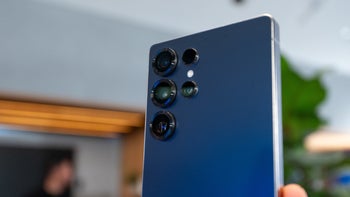
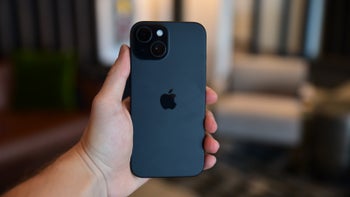
Things that are NOT allowed:
To help keep our community safe and free from spam, we apply temporary limits to newly created accounts: